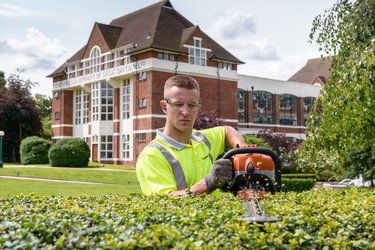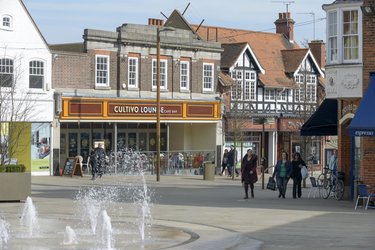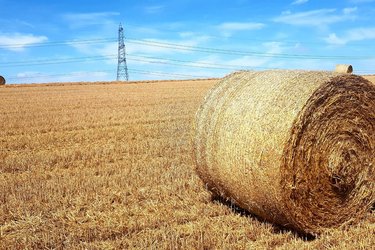Maintaining the Garden City estate and local environment
The environment and heritage of the garden city is an integral part of what makes Letchworth Garden City a unique place to live. We are responsible for the enhancement, management and maintenance of the Garden City estate. From its rural paths and industrial parks to the main shopping streets, we're committed to making sure all are cared for and in great condition. We work closely with businesses, community organisations and residents to maintain the estate and to ensure it continues to be an excellent place to live, work and visit.
Keep reading to see how we care for and manage the Garden City estate.
Nature & Wellbeing
As part of Strategy 2028, we're working to improve Wellbeing by improving access to Nature and the outdoors, getting more people involved in managing and improving greenspace, and promoting the use of Letchworth’s network of leisure facilities.
Industrial & Commercial
While being a Garden City, Letchworth also needs to maintain its commercial and industrial landscapes to ensure businesses can flourish.
In 2016 we appointed local land management company Maydencroft to support our Landscaping Team with the maintenance and development of our green spaces in industrial and town centre areas. Maydencroft help us to ensure that the commercial and industrial sectors of Letchworth still retain elements of the Garden City principles by maintaining our carefully landscaped built environments. They also provide a managed maintenance service on our allotment sites, ensuring that vacant plots are tidy and in a fit state to be enjoyed by new tenants.
If you have any questions about our commercial and industrial landscape maintenance, get in touch.


Town centre
We're committed to making the town centre a vibrant place, which is why we've been looking after the street scene since 2009.
On the two main shopping streets of Eastcheap and Leys Avenue, we're responsible for making sure the pedestrian areas, planters and street furniture (bollards and signs) are maintained and up-to-date.
We also fund the Christmas lights that adorn the town during the festive period.
If you have any questions about the town centre or want to bring something to our attention, get in touch.


